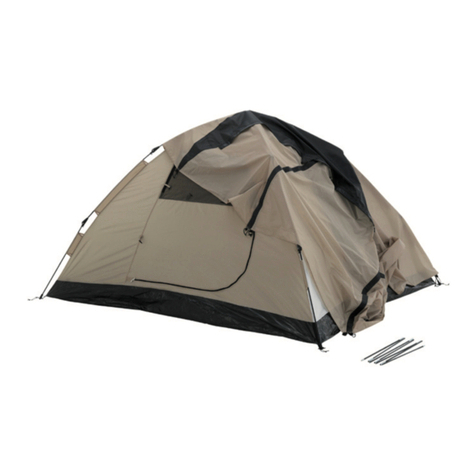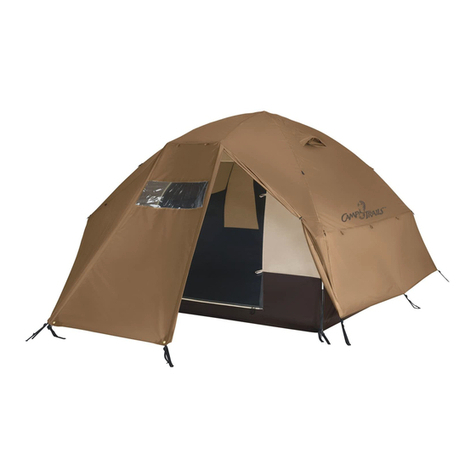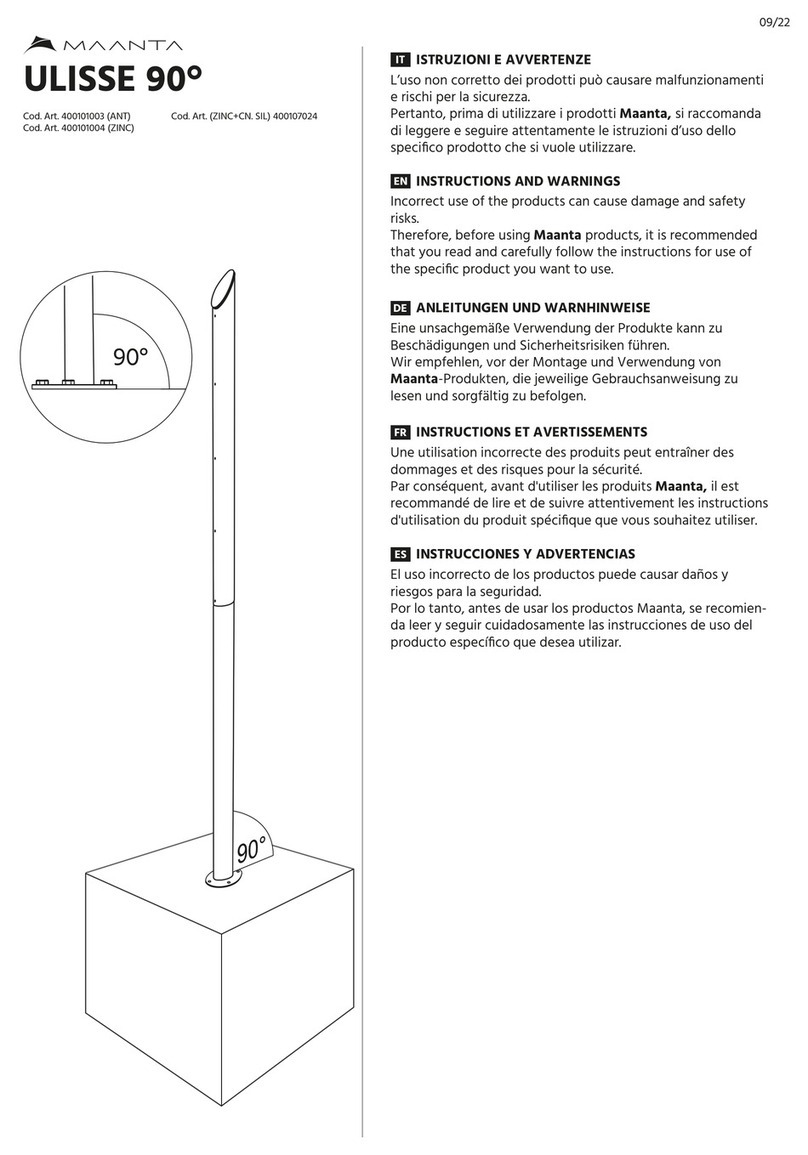
GROWSPAN™ROLLING PREMIUM HIGH TUNNELS
2Revision date: 01.01.16
LOCATION
Choosing the proper location is an important step before
you begin to assemble the structure.
The following suggestions and precautions will help you
determine whether your selected location is the best
location.
• Never erect the structure under power lines.
• Identify whether underground cables and pipes are
present before preparing the site or anchoring the
structure.
• Location should be away from structures that could
cause snow to drift on or around the building.
• Do not position the high tunnel where large loads
such as snow and ice, large tree branches, or other
overhead obstacles could fall.
SITE
After choosing a location, proper preparation of the site is
essential. Follow the information below.
• A level site is required. The site must be level to
properly and safely erect, anchor, and roll the structure.
• Drainage: Water draining off the structure and from
areas surrounding the site should drain away from the
site to prevent damage to the site, the structure, and
contents of the structure.
WARNING: The individuals assembling this structure
are responsible for designing and furnishing all
temporary bracing, shoring and support needed during
the assembly process. For safety reasons, those who
are not familiar with recognized construction methods
and techniques must seek the help of a qualified
contractor.
YOU MUST READ THIS DOCUMENT BEFORE YOU
BEGIN TO ASSEMBLE THE SHELTER.
Thank you for purchasing this GrowSpan™ high tunnel.
When properly assembled and maintained, this product will
provide years of reliable service. These instructions include
helpful hints and important information needed to safely
assemble and properly maintain the high tunnel. Please
read these instructions before you begin.
If you have any questions during the assembly, contact
Customer Service for assistance.
SAFETY PRECAUTIONS
• Wear eye and head protection; wear gloves when
handling metal tubes.
• Use a portable GFCI (Ground Fault Circuit Interrupter)
when working with power tools and cords.
• Do not climb on the high tunnel or framing during or
after construction.
• Do not occupy the high tunnel during high winds,
tornadoes, or hurricanes.
• NEVER move high tunnel during windy conditions.
• Do not store hazardous materials in the high tunnel.
• Provide proper ingress and egress to prevent
entrapment.
ANCHORING INSTRUCTIONS
Prior to assembling this high tunnel, please read the MUST
READ document included with the shipment.
WARNING: The anchor assembly is an integral part of
the high tunnel construction. Improper anchoring may
cause high tunnel instability and failure of the structure.
Failing to anchor the high tunnel properly will void the
manufacturer’s warranty and may cause serious injury
and damage.
Follow the instructions on page 24 of this guide
to properly anchor your rolling high tunnel. Refer
to page 50 or 51 for diagrams showing where to
attach the anchor straps for your building.
MOVING THE HIGH TUNNEL
Additional 1.66" pipe track is included to assist you with
moving the high tunnel from one section of your field to
another.
Side Wall Anchors: Your premium rolling high tunnel also
includes extra stake and strap anchors to allow for the
installation of another complete set of anchors to secure
the sides of the building once it is moved.
End Wall Anchors: The anchors for the end walls do not
require the use of the strap. In addition, you must remove
and reuse the stakes to secure the end wall frames once
the frame is rolled to a new location. See the connection
details in the Quick Start section for additional information.
Consult the anchoring information on page 50 and 51.





























